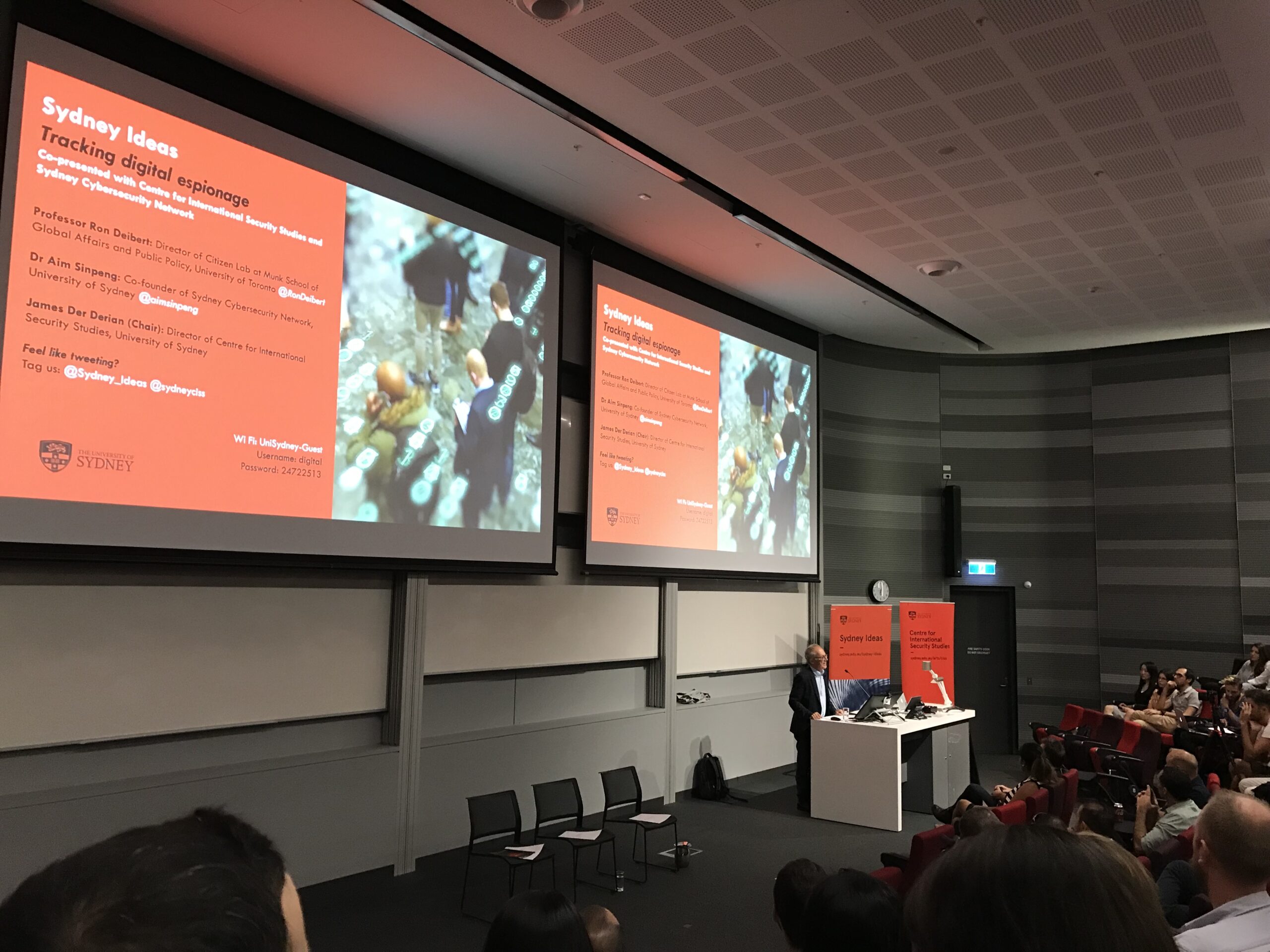Category: About Chris Chien
Signature Projects
Gitlab:
Anamoly Detection of Road Sensors
Back in 2017, road sensors were used to count the volume of traffic and measure the traveling speed. There were two types of road sensors, VD(Vehicle Detector) and eTag. VD is a road sensor hidden under the road pavement. Whenever there is a vehicle passing by, the pressure caused by the vehicle measures the volume of the traffic flow. Scooter is counted as 0.5 of vehicles and huge trucks as 2 vehicles, for example. VD measures the point of speed while a vehicle passes through it. The measure of traveling speed by VD is not more accurate than eTag because eTag measures the speed of space by calculating how much time a vehicle takes from point A to point B.
To make sure we have an accurate measure of traffic volume and traveling speed, we need to ensure the quality of road sensors. However, it is not effective and reasonable to check hundreds of thousands of road sensors manually. Is there any way for us to automatically detect sensor malfunction? This is then where the project value I contribute to the advancement of the Smart City in Taiwan.
The idea of running the anomaly detection is to apply a machine learning algorithm to detect the abnormal patterns of sensor data. The methodology behind this is the clustering algorithm designed based on the domain knowledge defining the abnormal patterns.
- Double Peak Hours
- Morning Peak Hours
- Evening Peak Hours
- Abnormal Data Patterns
First, I create several sets of data patterns labeled based on domain knowledge. For example, inbound city roads always have morning peak hours while evening peak hours happen in the outbound city roads. Next, I run the clustering process by mixing the labeled samples with the unlabelled samples. The number of clusters ends when the labeled data are separated to a certain degree. This means samples of morning peak hours are almost in the same cluster. Those captured by different abnormal data patterns are then reported to the traffic control center for further investigation of their functionality.
Work and Education
About Chris Chien
Starting in 2016, Chris Chien launched his journey of data science in a variety of industries. His current role is dedicated to the development of TinyML applications on PC and the enhancement of the AI model lifecycle, MLOps. From 2020 to 2022 in HP, he has issued 3 patents related to AI model data preprocessing and model evaluation. Also, his papers were accepted by DSKD in 2022, HP’s annual data science forum.
Not only in the PC industry, Chris Chien developed his first machine learning project in the intelligent transportation system (ITS). In 2017, his work in abnormal detection was implemented to monitor the quality of vehicle devices (VD). Also, the achievement of a time-series-based model provides predicted travel time for road users in Taoyuan City.
During his one-year study for the second master’s degree at the University of Sydney, Chris Chien enriched his machine learning skills in different domains including sports, finance, and chatbots. The capstone project he delivered in USYD demonstrated how to use the reinforcement learning model to consolidate a set of stock price prediction models and generate the trading strategy.






